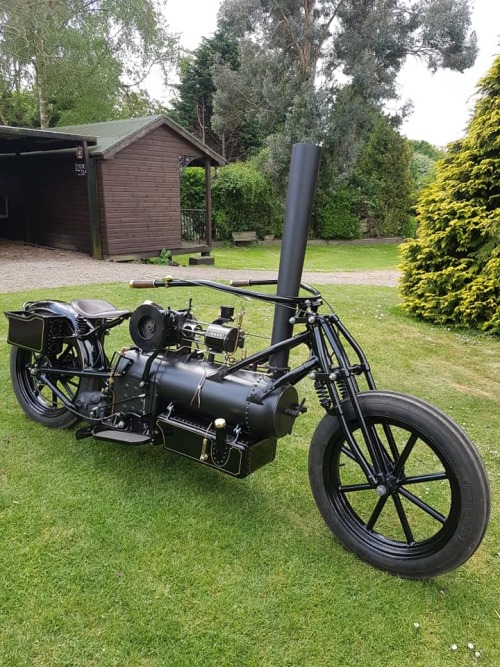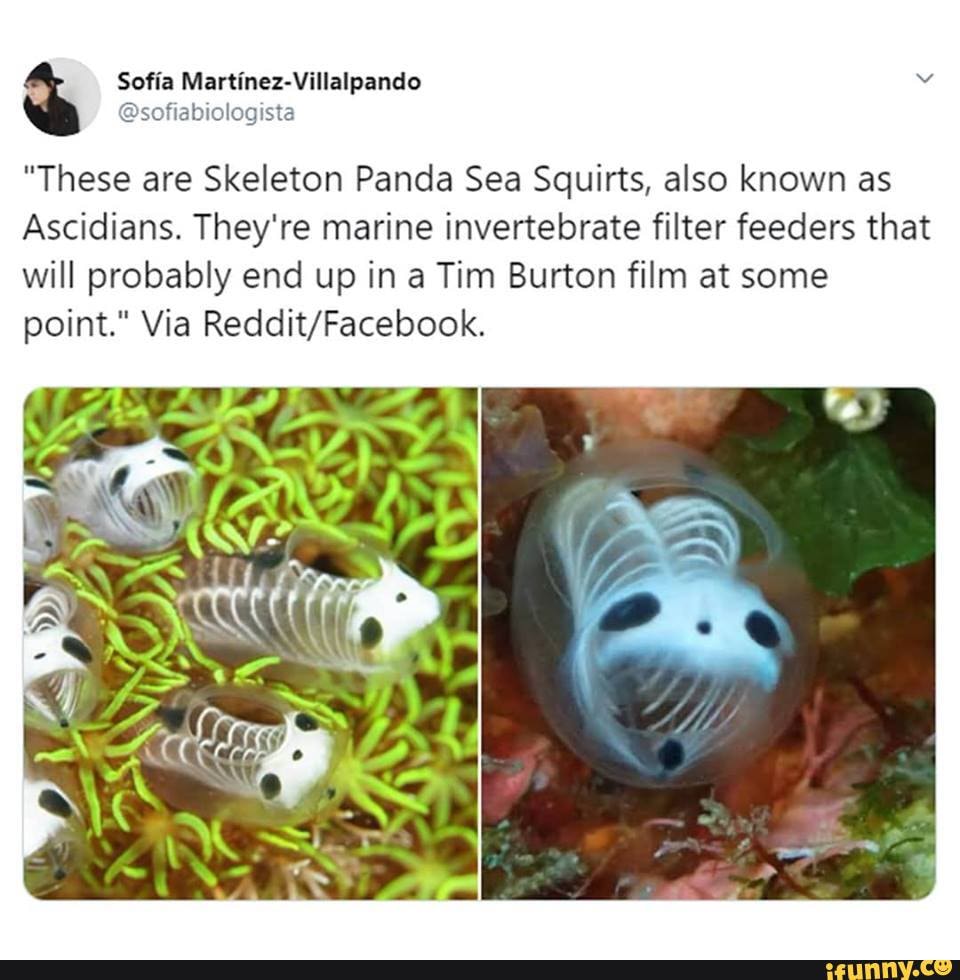Skeleton Panda Sea Squirts Ascidians. These are Skeleton Panda Sea Squirts, also known as Ascidians. In general, this class of animals is stuck in place, though some can move by lifting one part of their bodies and putting them down in another place, then letting go of the original. "These are Skeleton Panda Sea Squirts, also known as Ascidians.

Ascidiacea (commonly known as the ascidians or sea squirts) is a paraphyletic class in the subphylum Tunicata of sac-like marine invertebrate filter feeders.
Sea squirts and sea tulips are collectively known as ascidians (Ancient Greek: askidion = wineskin), characterised by a tough outer "tunic" made of cellulose.
It gets its name from white tissues that form the appearance. "These are Skeleton Panda Sea Squirts, also known as Ascidians. Ascidians are the evolutionary link between invertebrates and vertebrates. Another name for the sea squirt is ascidian. These are Skeleton Panda Sea Squirts, also known as Ascidians. Another intriguing type is the skeleton panda sea squirt. Is it weird that I'm more interested in the sea squirt itself?
Skeleton Panda Sea Squirts "These are Skeleton Panda Sea Squirts, also known as Ascidians. They're marine invertebrate filter feeders that will probably end up in a Tim Burton film at some point. These are Skeleton Panda Sea Squirts, also known as Ascidians. They are an invertebrate with some primitive vertebrate features, such. Another name for the sea squirt is ascidian. Sea squirts are more scientifically known as tunicates or ascidians, as they belong to the Class Ascidiacea. It gets its name from white tissues that form the appearance. "These are Skeleton Panda Sea Squirts, also known as Ascidians. Skeleton Panda Sea Squirts are real!
Monster Girls - Skeleton Panda Sea Squirt! They're marine invertebrate filter feeders that will probably end up in a Tim Burton film at some point. They're found all across the world, mostly in shallow water.









